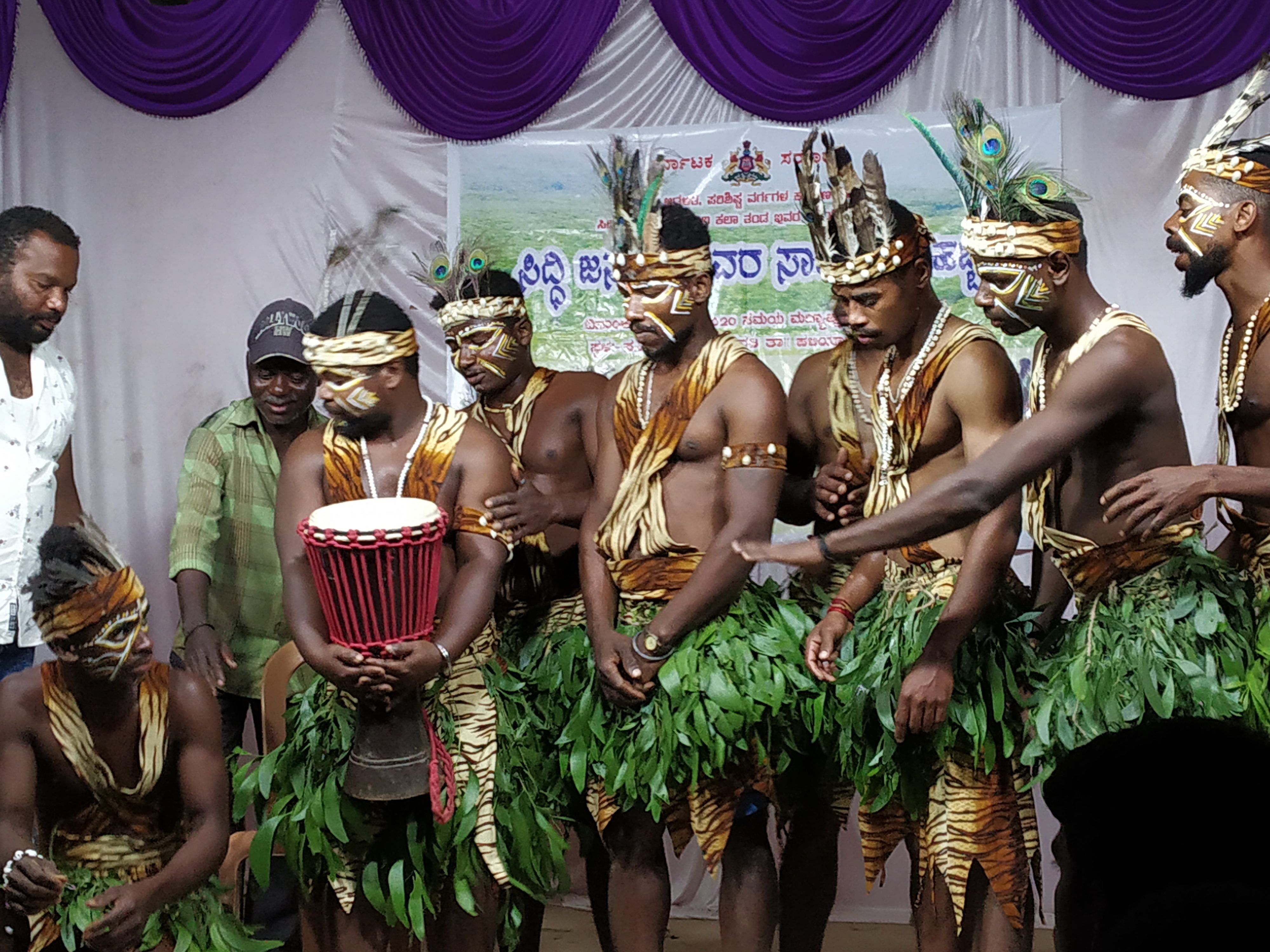Recently, the Siddis, one of the last few tribal communities who inhabit the Western Ghats, celebrated ‘Siddi Habba’.
It was held at the school in Bhagavati Halli of Haliyal taluk in Uttara Kannada district, and they performed dance forms like Gamate Nrutya and Pugudi Nrutya. The move has been seen as one of the first attempts by the community to interact with the world outside, culturally. This is worth taking note of given their history.
Backdrop
If India is known for its diversity, it’s because the country has welcomed cultures and communities from across the world.
One such tribe that came to India during the colonial era are the Siddis, whose people live in Uttara Kannada districts, mainly concentrated in Haliyal, Yellapura, Sirsi, Mundagoda and Karwar taluks.
The Siddis hail from Africa. History says that they were ferried to Goa as slaves.
The community first settled in Goa and eventually migrated to Karnataka in search of food and shelter, but were not met with better fate when they arrived.
The Siddis had chosen a life of isolation within the forests and had created their own community including doctors, performers and other occupational specialists.
But now, by building a cultural bridge, they have begun to add immensely to the cultural fabric of the region.
The Siddis have mesmerising dance and folk forms. Gamate Nrutya is performed by the menfolk dressed in traditional attire who dance to the beats of the percussion instrument gamate. It’s a clay pot whose mouth is sheathed with leather.
The dance forms are performed during Holi, Deepavali, Ramzan and Christmas. This takes us to the fact that Siddi community is made up of many faiths — Hindus, Muslims and Christians.
Diyog Basthyaav Siddi, a Siddi activist, says that this diversity is linked to the practice of slavery in the past, where Siddis were sold to different households practising different faiths, and hence were raised to adapt to different religions.
The Siddis are known for their physical strength, which, in fact, was the reason for their exploitation before.
A choice of one’s own
Now, some of them train in theatre from reputed institutions like NINASAM, Heggodu. A handful of them have also pursued academic areas such as advocacy and PhD. A few have taken to the running tracks and aced them.
Shripad Bhat, a theatre expert, says, “Siddis have a multicultural potential. Not only are they physically fit for sports, but they also have displayed great adaptability over the years. This skilled community is an undiscovered asset of India.”
Dinesh Holla, an environmentalist who has worked with the Siddis, says, “The community has had the worst of limitations among the tribes of Western Ghats. It’s incredible that they have preserved and developed their cultural identity. Now, they are also making efforts to reach out to the world.”
